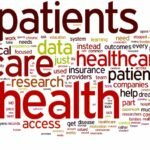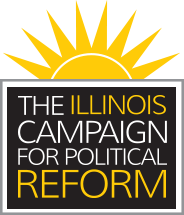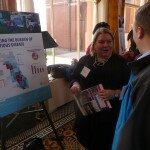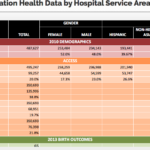Today the State of Illinois announced the winners of the Illinois Public Health Datapalooza Challenge – an Illinois Department of Public Health Challenge designed to highlight the availability and benefit of Open Health Data from government agencies. The challenge was part of a two-day Illinois Public Health Datapalooza event focused on developing and sharing innovative ways to work with open health data in an effort to drive innovation and create better health outcomes in Illinois and in cities and states across the country.
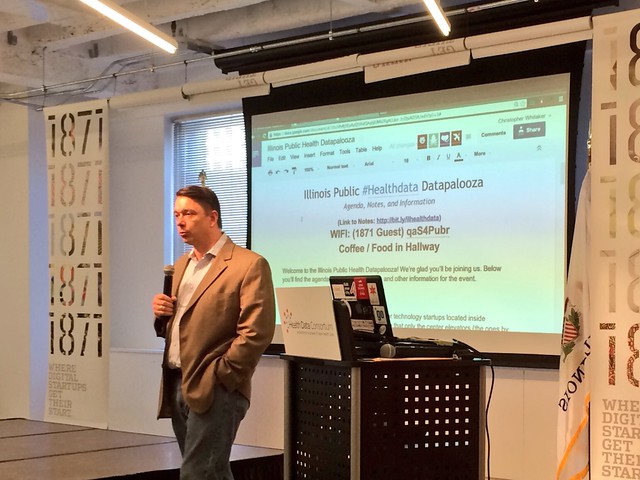
For the first challenge, The Illinois Department of Public Health, Department of Commerce and Economic Opportunity, and the Robert Wood Johnson Foundation are awarding $10,000 to the team that builds the app the provides the best use of health data in solving a problem faced by health care community in Illinois. There is an additional $5,000 being awarded for the runner-up.
For the second challenge, Esri is offering a prize for the best app based on the Esri platform. The winner will get to choose from one of two prizes: a seat at the 2014 Esri Developer Summit, or a seat in an Esri instructor led online class. These prizes are both valued at approximately $1,000. Developers will be able to leverage Esri developer tools, e.g., the JavaScript API for cross-platform deployment, or the device-specific mobile SDKs for iOS and Android.
The guidelines for the challenge were:
- The deadline for the challenge is November 30th.
- Entries must use health data either from a city, state, or federal source such as healthdata.gov.
- Web apps don’t necessarily have to be complete.
- Apps that have a better chance of becoming a real product used by healthcare practitioners or residents will be judged more highly.
The main challenge was judged by the Director of the Illinois Department of Public Health Dr. LaMar Hasbrouck, Health Data Consortium CEO Dwayne Spradlin, and Andrew Moyer who serves as Chief of Staff at the Department of Commerce and Economic Opportunity. The ESRI Challenge was judged by officials from ESRI.
2nd Place: The Illinois Teen Pregnancy and STI Hot Spot Detector
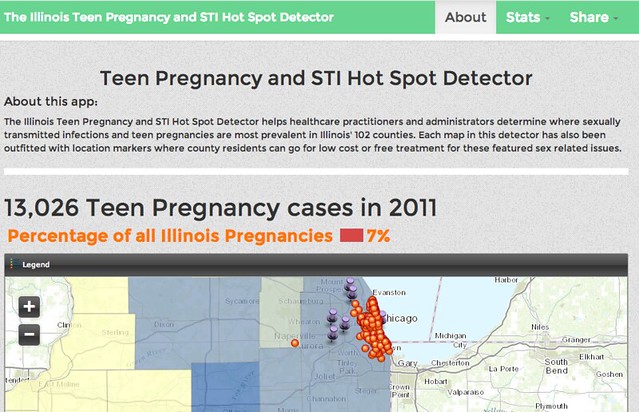
About the app: The Illinois Teen Pregnancy and STI Hot Spot Detector helps healthcare practitioners and administrators determine where sexually transmitted infections and teen pregnancies are most prevalent in Illinois’ 102 counties. Each map in this detector has also been outfitted with location markers where county residents can go for low cost or free treatment for these featured sex related issues.
Data sets used by the app:
IDPH 2008-2012 STD Illinois By County Gonorrhea
IDPH 2008-2012 STD Illinois By County Early Syphilis
IDPH 2008-2012 STD Illinois By County Chlamydia
IDPH Births to Teen Mothers, by County, by Age, 2008-2009
Condom Distribution Sites
STI Specialty Clinics
IDPH Pregnancy Termination Center
1st Place: Healthnear.me

About this app: HealthNear.Me is a simple tool for residents to find public health providers near them.
HealthNear.me aggregates nine types of public health providers in one place and makes them searchable, either by this website, which is built to work on smart phones, tablets, and old fashioned desktop computers, or via any phone that can send and receive text messages.
Data used:
IDPH Hospital Directory
Community Service Centers
Condom Distribution Sites
Cooling Centers
Licensed Substance Abuse Providers
Mental Health Clinics
Senior Centers
STI Specialty Clinic
Warming Centers
WIC Clinics
ESRI Challenge Winner: Measles in Illinois, Then and Now
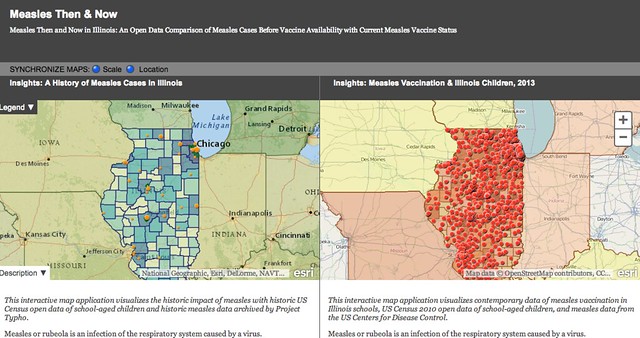
About this app: This interactive map application visualizes the historic impact of measles with historic US Census open data of school-aged children and historic measles data archived by Project Typho. Contemporary measles vaccination data for Illinois schools, US Census 2010 open data of school-aged children and measles data from the US Centers for Disease Control map current factors.
Data used:
This web application utilizes open data from State, Federal and Academic sources to look at measles then and now. Data utilized include: Census, CDC, State of Illinois, and the University of Pittsburgh’s Project Tycho historical data.
More information about IDPH
For more information about the Illinois Department of Public Health’s efforts to release open data on public health on their homepage.
